PICKLEBALL Health INSIDER
PICKLEBALL INSIDER
Health > Trending > Pickleball

JENNIFER MARTINEZ
OCTOBER 2, 2025
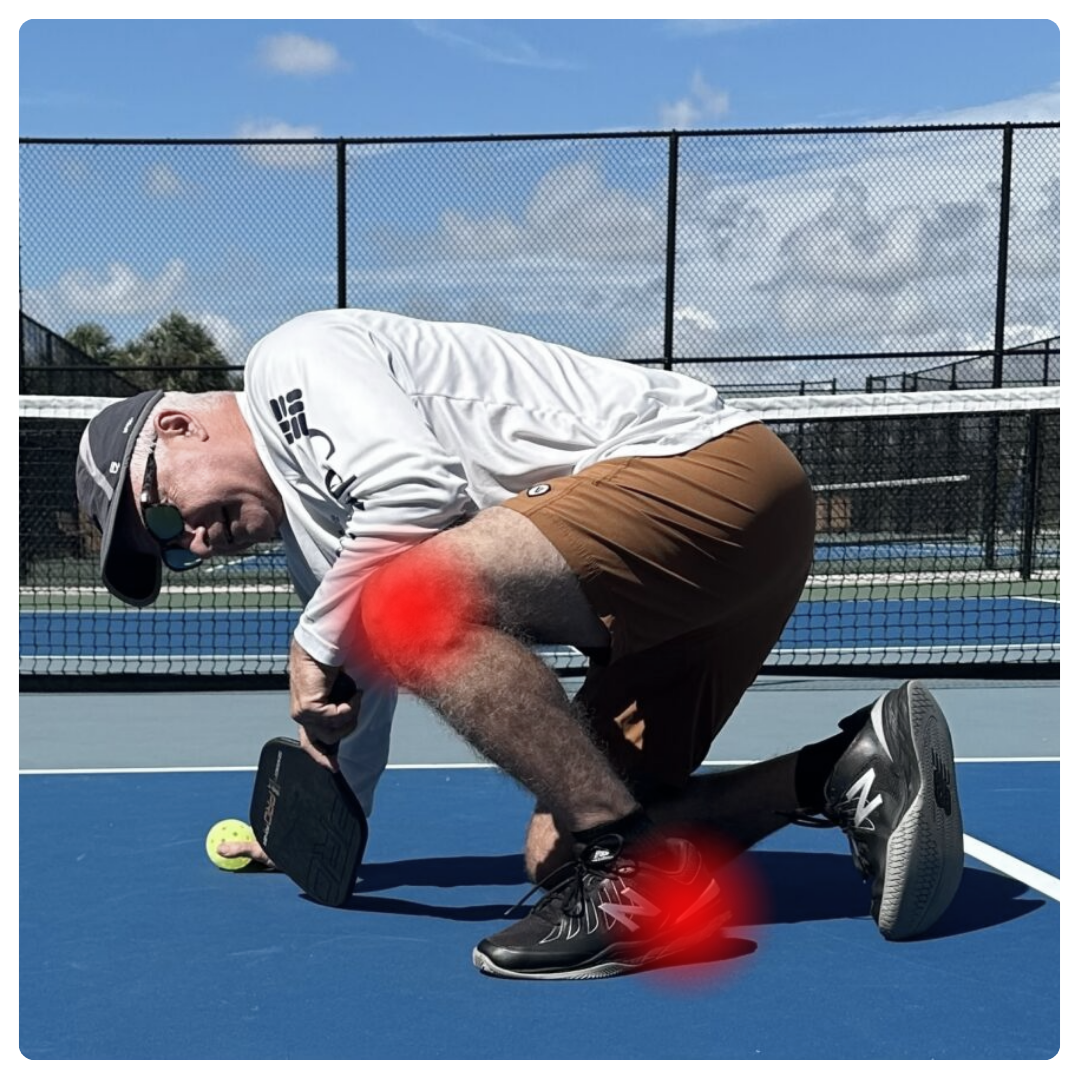
The Pickleball Shoe Mistake That's Silently Destroying Your Feet
(And Why Thousands of Players Over 55 Are Making the Switch)
Let's answer some critical questions:
⇨ What's the real cause of plantar fasciitis, bunions, and knee pain in pickleball players?
⇨ Why do "supportive" cushioned shoes make the problem worse over time?
⇨ How can barefoot-style shoes possibly be safe for hard court play?
⇨ What makes CourtStride different from every other minimalist shoe that's failed pickleball players?
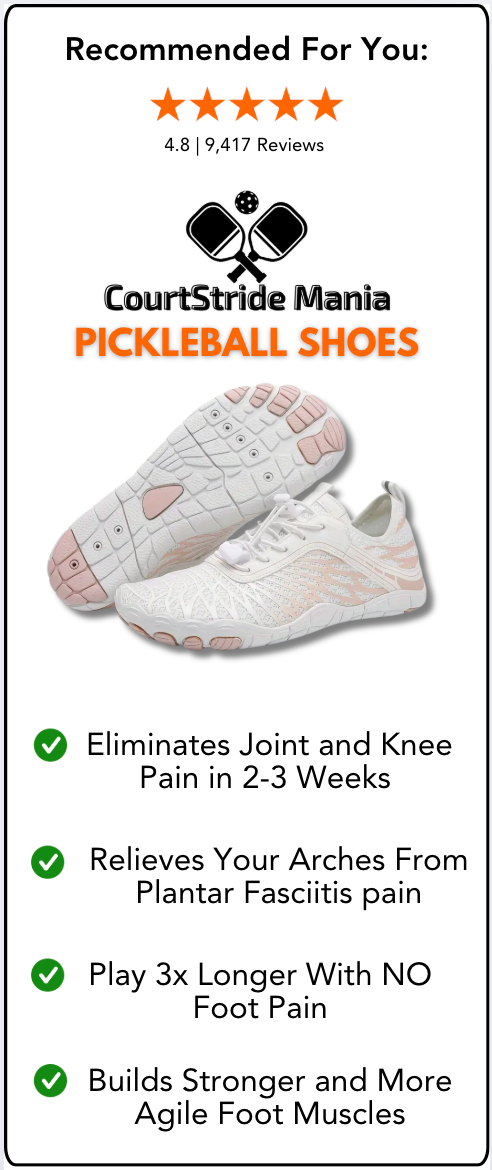
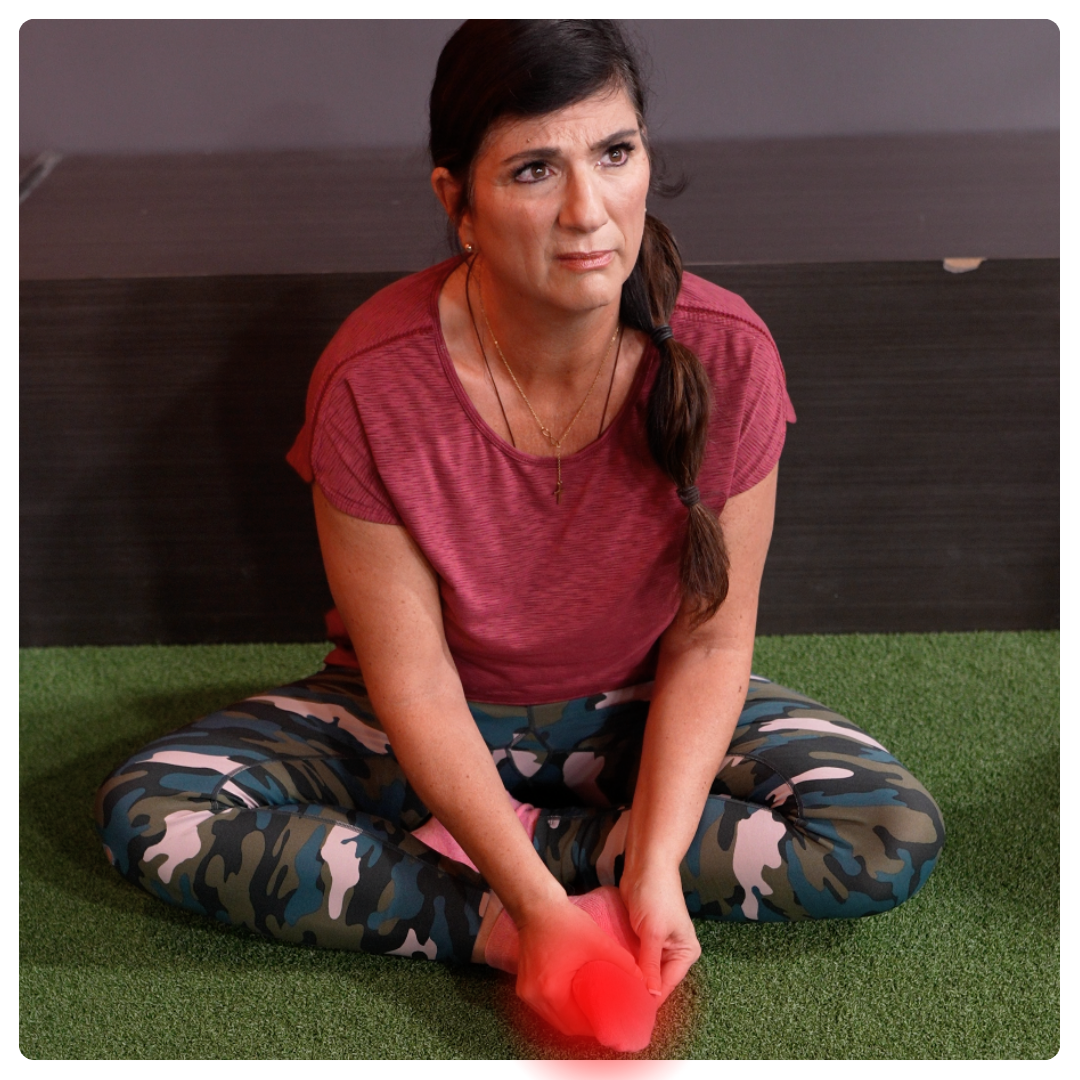
Carol, 67 AZ
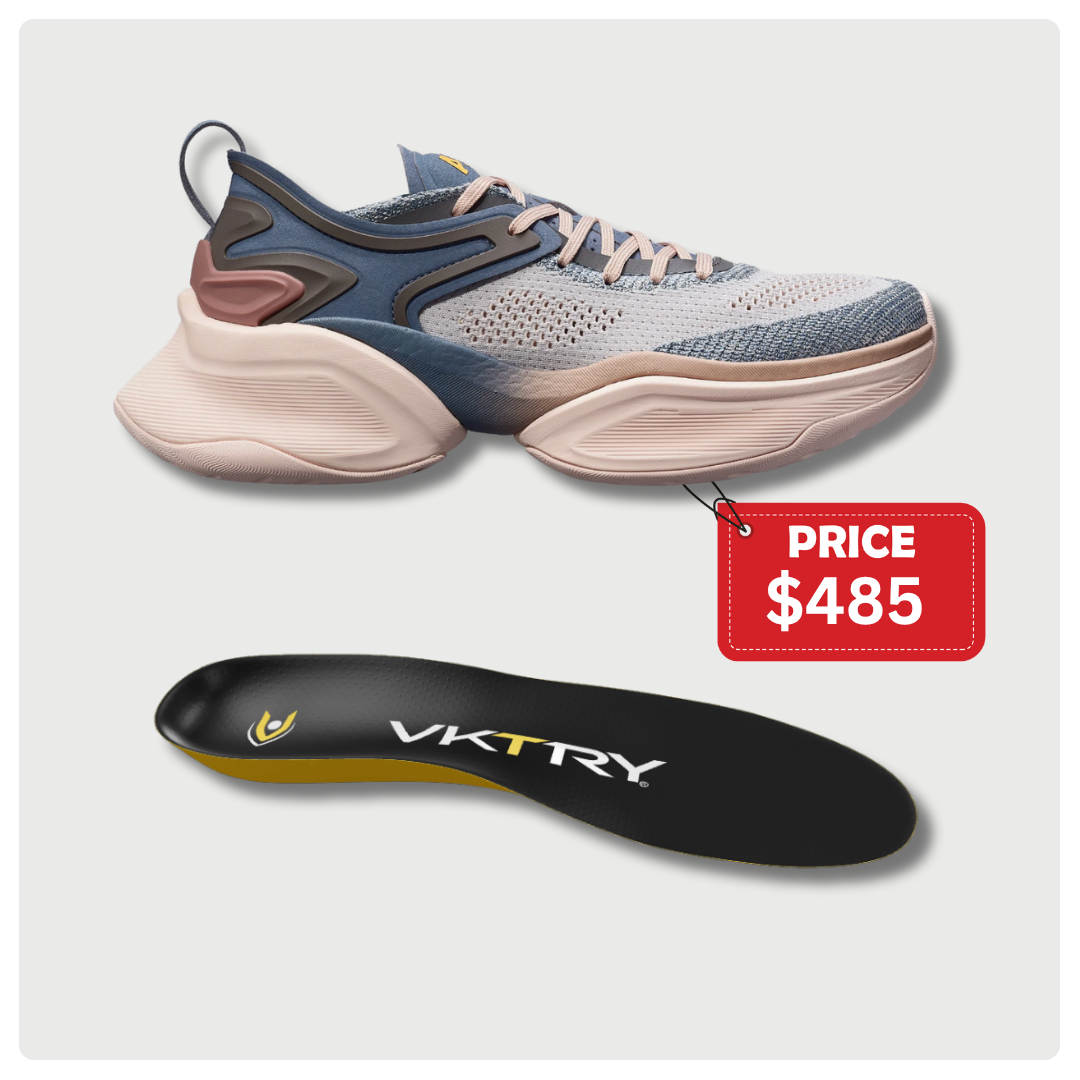
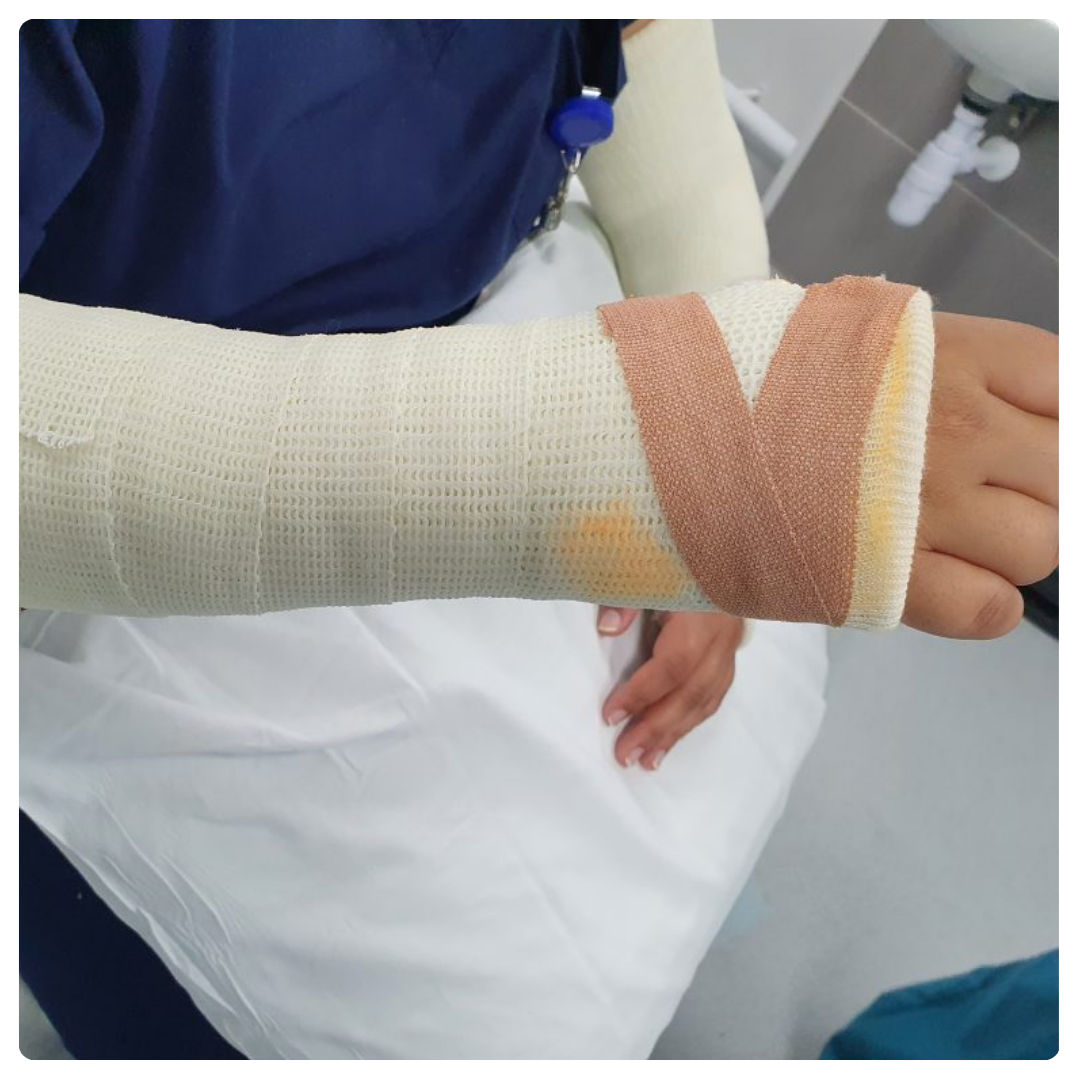
The Day Carol Almost Quit Pickleball Forever
Carol Henderson, 67, had been looking forward to retirement for years.
She'd imagined mornings at the pickleball courts with friends, afternoons with her grandkids, and finally having time to travel.
But six months into her dream retirement, she found herself sitting in her car outside the community courts, crying.
Her feet throbbed. Her knees ached. And for the first time in her life, she felt old.
"I couldn't even finish two games without limping," Carol told me during our interview. "I'd invested in the best court shoes my podiatrist recommended — expensive ones with maximum arch support and cushioning. But every week, my feet felt worse, not better."
Carol's doctor suggested custom orthotics and new shoes. $485 later, she had inserts that made her feet hurt in new places.
"I started to accept that maybe my pickleball days were over," she said. "My friends kept playing, and I'd sit on the sidelines. I felt like my body had betrayed me."
What Carol didn't know was that her "supportive" shoes weren't helping her at all.
They were the actual problem.
The Billion-Dollar Lie About Your Feet
Here's what the major shoe companies don't want you to know:
Your feet were designed to be strong.
They contain 26 bones, 33 joints, and over 100 muscles, tendons, and ligaments — a complex system engineered for stability, balance, and shock absorption.
But modern "supportive" shoes with thick cushioning, elevated heels, and arch support do something insidious:
They turn off your foot's natural strength.
Think about it like this:
If you wore a cast on your arm for a year, what would happen to those muscles?
They'd atrophy. They'd weaken. When you finally removed the cast, your arm would be nearly useless.
That's exactly what's happening to your feet inside traditional cushioned shoes.
Dr. Michael Chen, a podiatric biomechanics specialist who's worked with professional athletes for over 20 years, puts it bluntly:
"The cushioned shoe industry created a solution to a problem that didn't exist — and in doing so, they created an epidemic of weak feet, plantar fasciitis, and chronic joint pain. We took the human foot, which evolved over millions of years to function perfectly on its own, and we stuck it in a padded prison." -Dr. Michael Chen
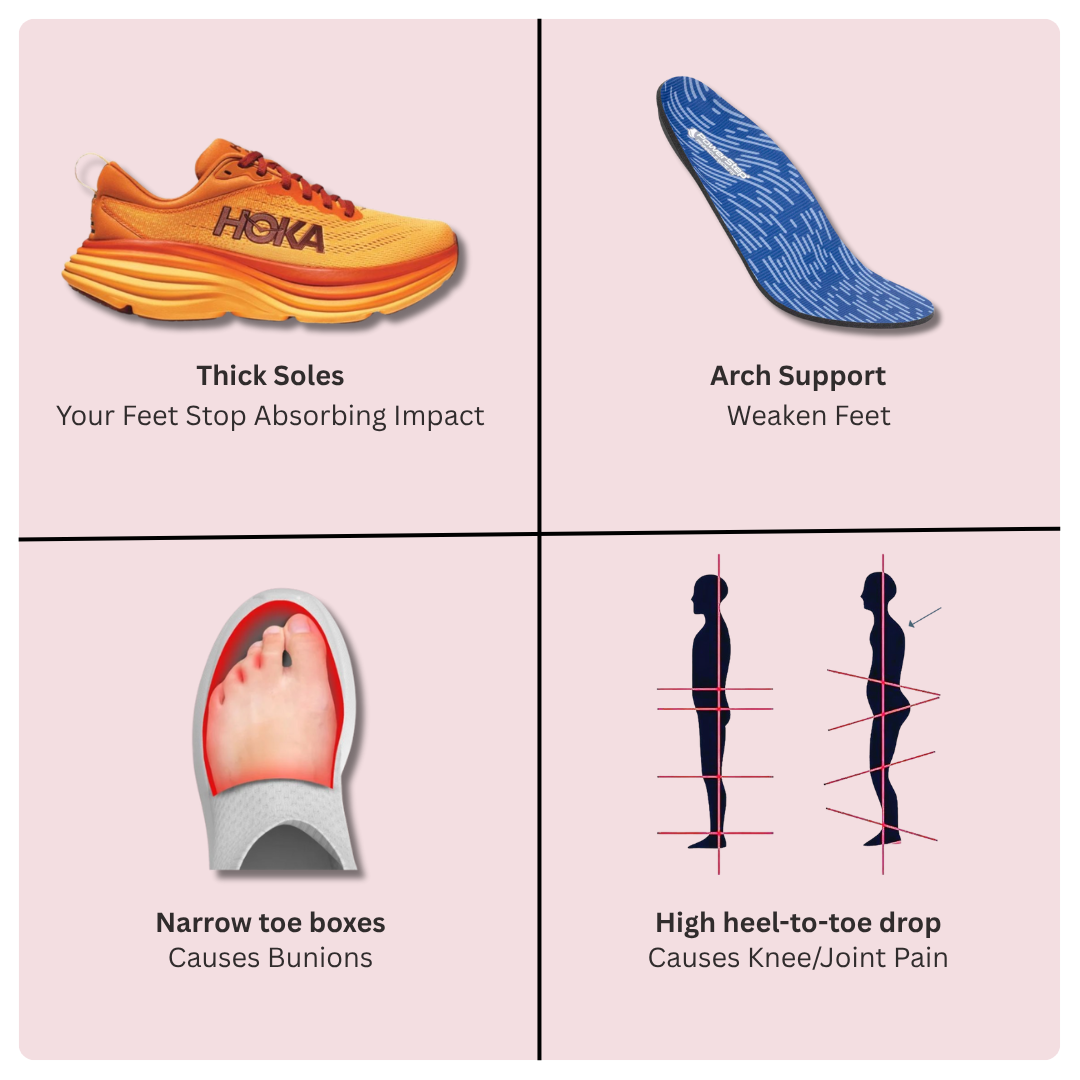
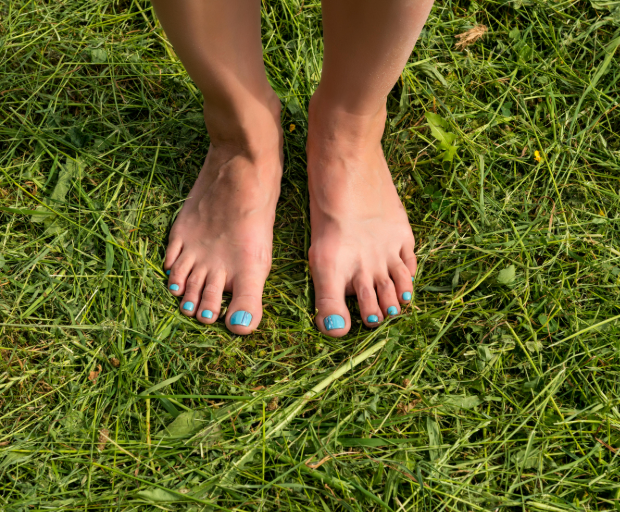
Research suggests that runners in cushioned shoes may actually experience higher impact forces than those in minimal footwear — because the cushioning can encourage harder heel strikes and reduce the foot's natural shock absorption.
The same principle applies to pickleball players.
Why Your "Supportive" Shoes Are Making Everything Worse
When you wear shoes with:
Thick cushioning → Your feet stop working to absorb impact
Elevated heels → Your body weight shifts forward, stressing your knees and lower back
Arch support → The muscles that should be supporting your arch shut down and atrophy
Narrow toe boxes → Your toes can't spread naturally, destroying your balance and stability
Over time (often years), this creates a devastating cascade:
Your foot muscles weaken
Your natural arch collapses
You develop plantar fasciitis, bunions, or neuromas
Your ankles become unstable
The instability travels up — knee pain, hip pain, back pain
You go to the doctor, who prescribes... more support and cushioning
Your feet get even weaker
The cycle continues
The "Barefoot Revolution" That's Saving Pickleball Careers
For decades, a small group of researchers, biomechanics experts, and forward-thinking podiatrists have known the truth:
Barefoot is better.
Studies of populations that rarely wear shoes — from indigenous communities to modern barefoot advocates — show virtually zero cases of bunions, plantar fasciitis, or flat feet.
Going barefoot (or wearing minimal footwear) allows your feet to:
Spread naturally for better balance
Engage all 100+ muscles with every step
Build natural arch support from within
Absorb shock the way evolution designed
Maintain proper alignment from your feet through your knees, hips, and spine
This isn't new-age nonsense. This is biomechanics 101.
But here's where most pickleball players hit a wall.
They can't just go barefoot on hard courts.
And the minimalist shoes that runners love — brands like Xero, Vivobarefoot, and Altra — kept failing on the pickleball court.
Players would try them and report:
"The soles wore through in three weeks from toe dragging"
"No lateral support — I rolled my ankle"
"Too thin for hard court impact — my heels were bruised"
So most players gave up and went back to their cushioned court shoes... and their chronic pain.
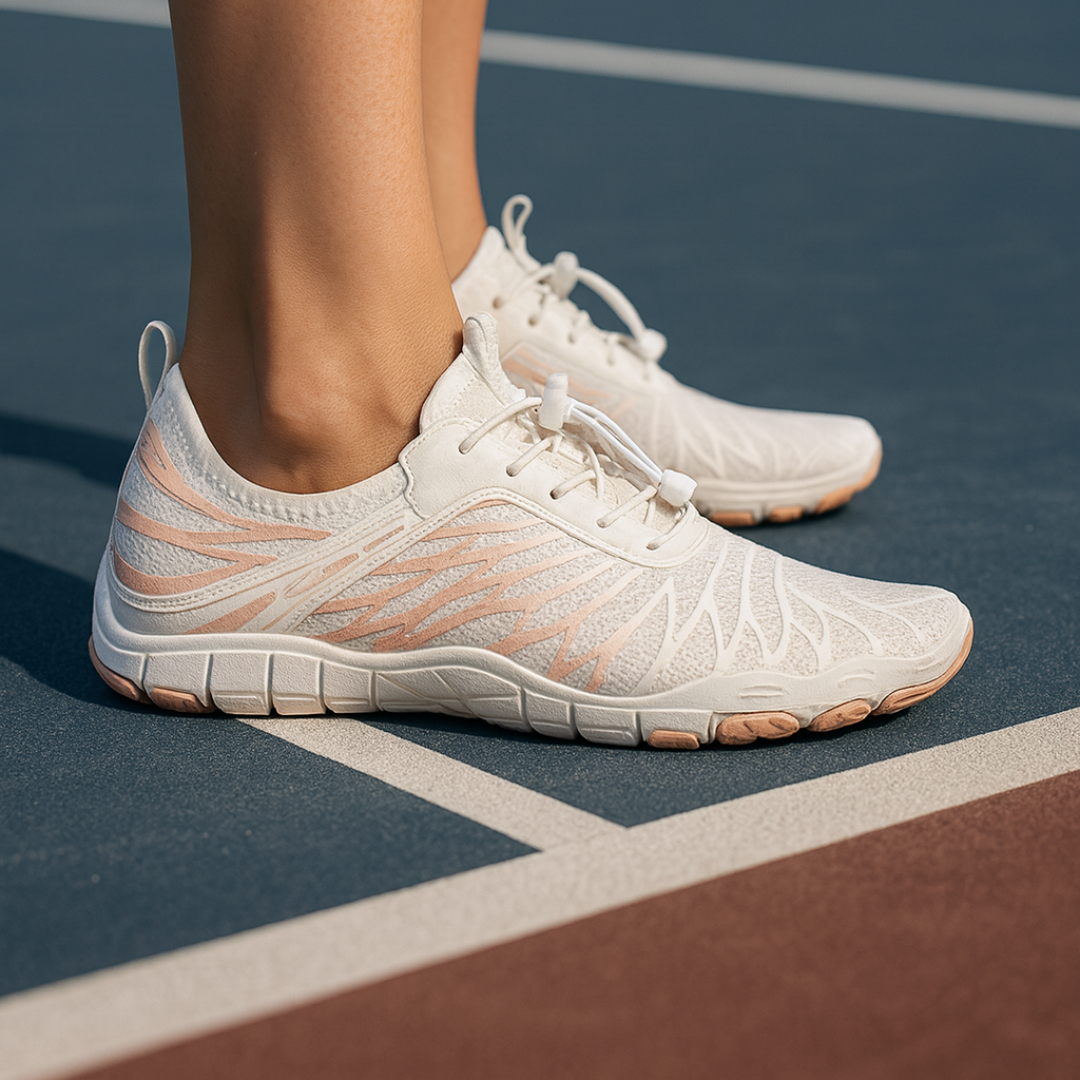
CourtStride™: The First Barefoot Shoe Built for Pickleball!
This is where Carol's story takes a turn.
After months of pain and frustration, a friend at her club showed up wearing shoes Carol had never seen before.
They looked sleek, almost like a high-performance water shoe, but with a more substantial sole.
"She told me they were barefoot shoes specifically made for court sports," Carol said.
"I was skeptical — I'd heard the barefoot stuff before. But she'd been wearing them for two months and said her plantar fasciitis was gone. Completely gone. So I figured, what did I have to lose?"
The shoes were CourtStride Athletic Grounding Shoes — and they were unlike anything Carol had tried before.
Here's what makes CourtStride different from every other barefoot or minimalist shoe:
1. Court-Specific Durability
Unlike running or walking barefoot shoes, CourtStride features a reinforced toe cap and high-abrasion rubber sole that can withstand the toe-dragging, lateral cuts, and quick stops that destroy other minimal shoes.
Players report 6+ months of heavy court use without sole separation or upper tears.
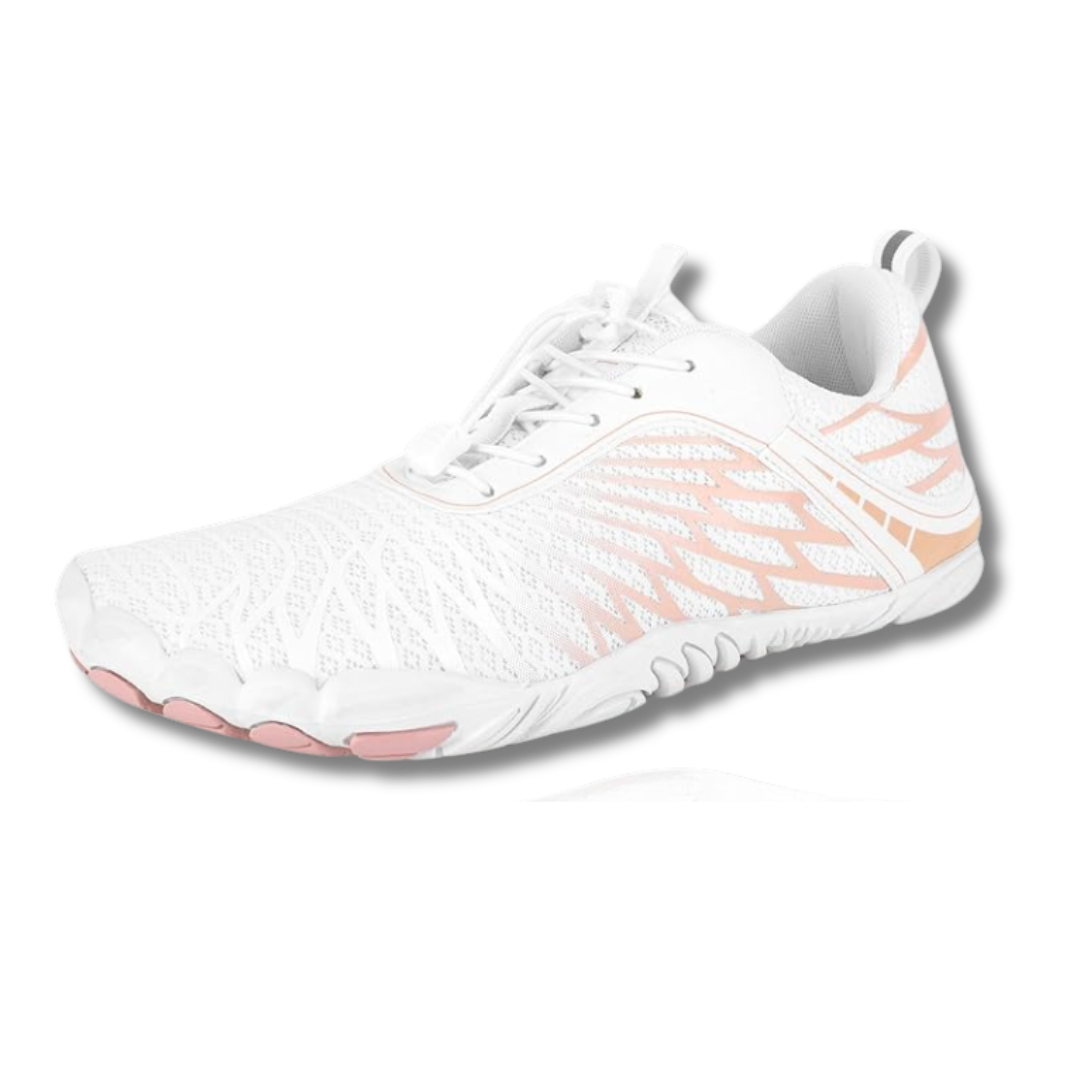
3. Zero Drop Platform
No elevated heel means your weight distributes naturally across your entire foot, reducing knee and hip strain.
Players consistently report better balance and stability: "I feel like I am more balanced and playing better. My feet and legs feel good."
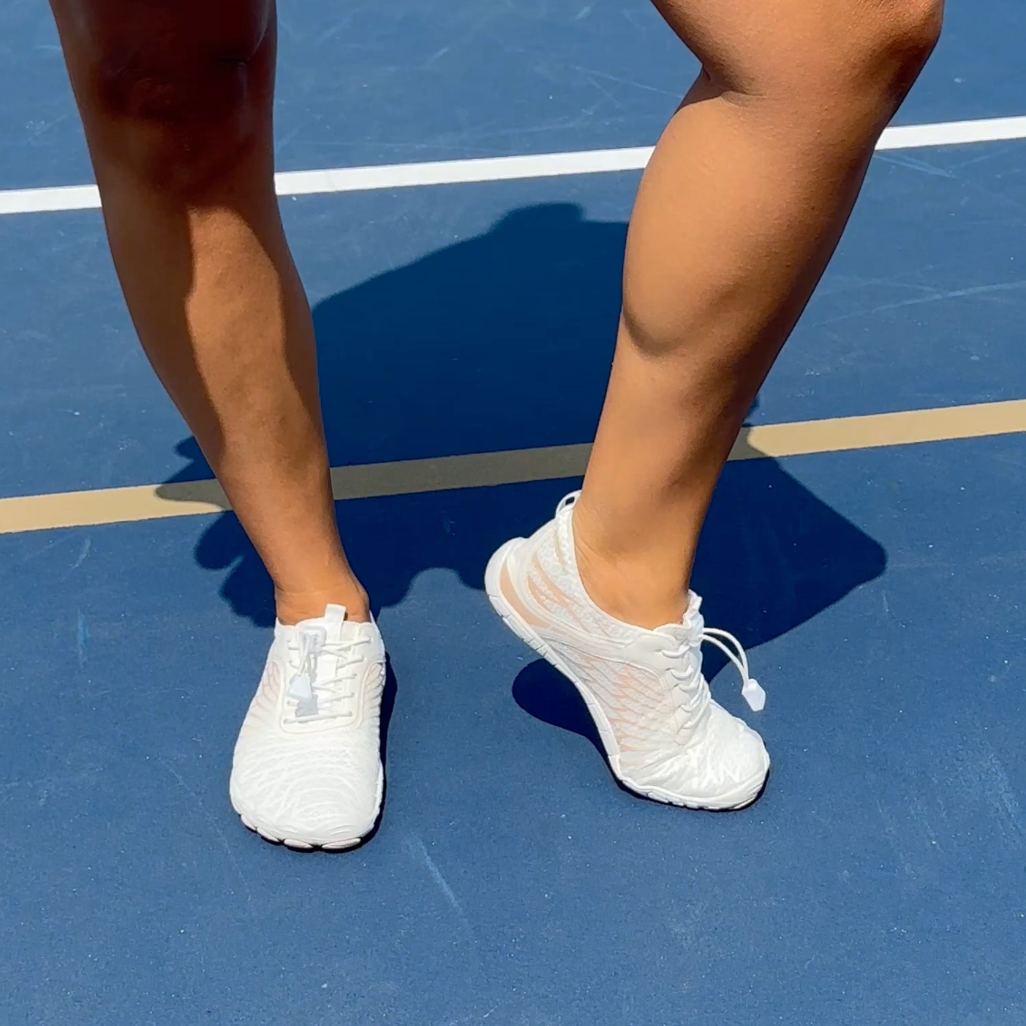
5. Thin, Flexible Sole
(That's Still Protective)
At 6mm, the sole is thin enough to give you ground feel and proprioception, but thick enough to protect from hard court impact.
The flexibility allows your foot to move naturally through its full range of motion.
2. Wide Toe Box
(The Non Negotiable)
Your toes need room to spread for natural balance and push-off power.
CourtStride's anatomical toe box is 30% wider than traditional court shoes, eliminating bunion rubbing and toe numbness.
As one 62-year-old player wrote: "Wide toe box is non-negotiable. If my bunion rubs, I'm done in 30 minutes. These are the first shoes I can play in for two hours straight."
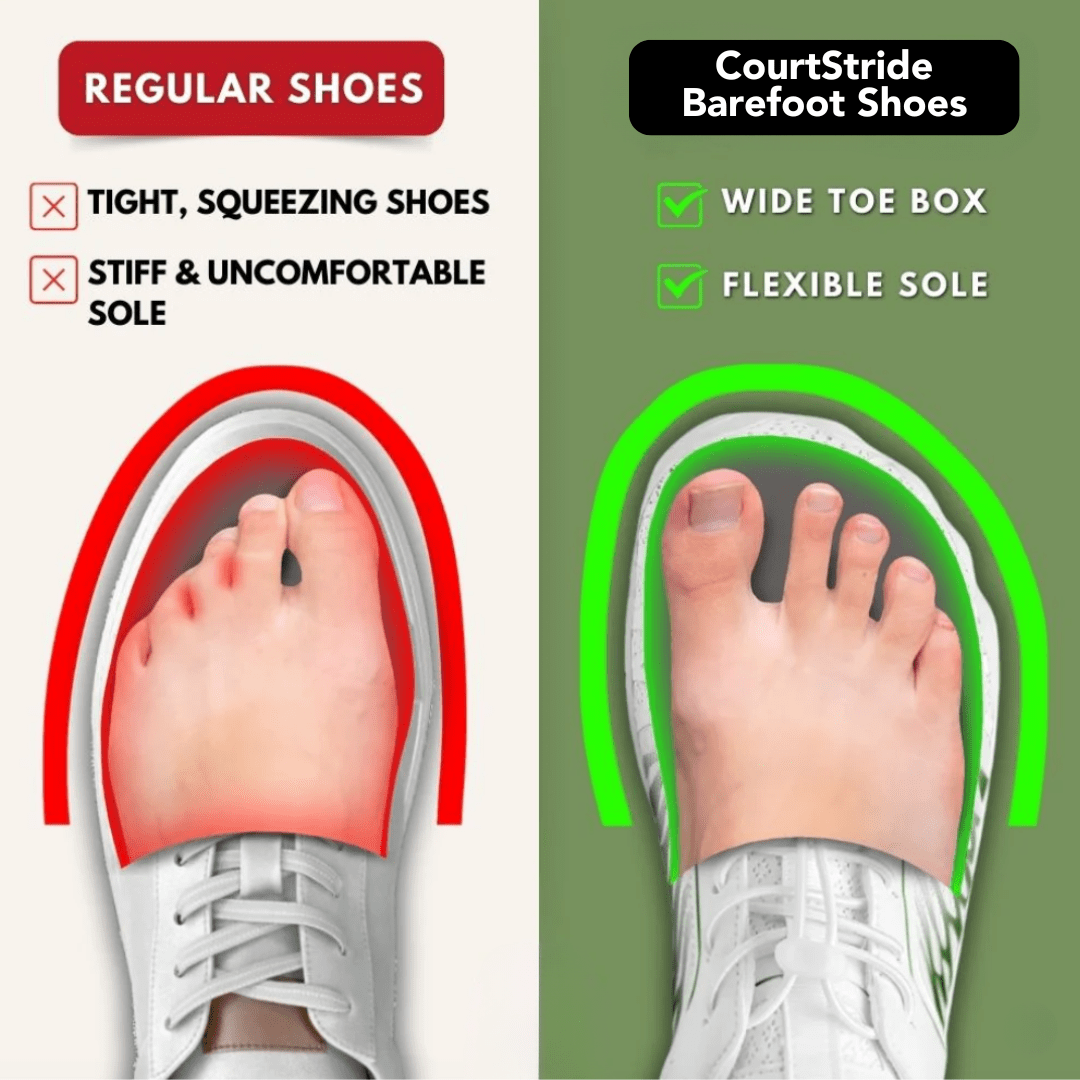
4. Grounding Technology
CourtStride incorporates a copper grounding plug that connects your foot to the Earth's natural electrical charge through the shoe.
Research on grounding (also called "earthing") suggests it may reduce inflammation and improve recovery.
Whether you believe in the science or not, users report tangible benefits: "I have the grounding shoes and love them. They help me to walk better by far, lessening my fear of falling."
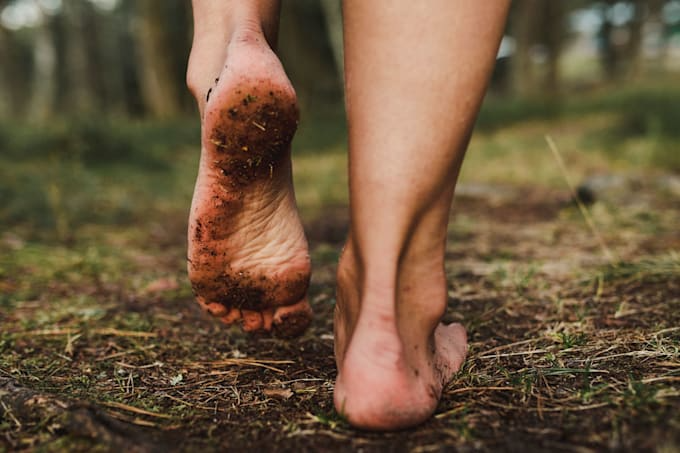
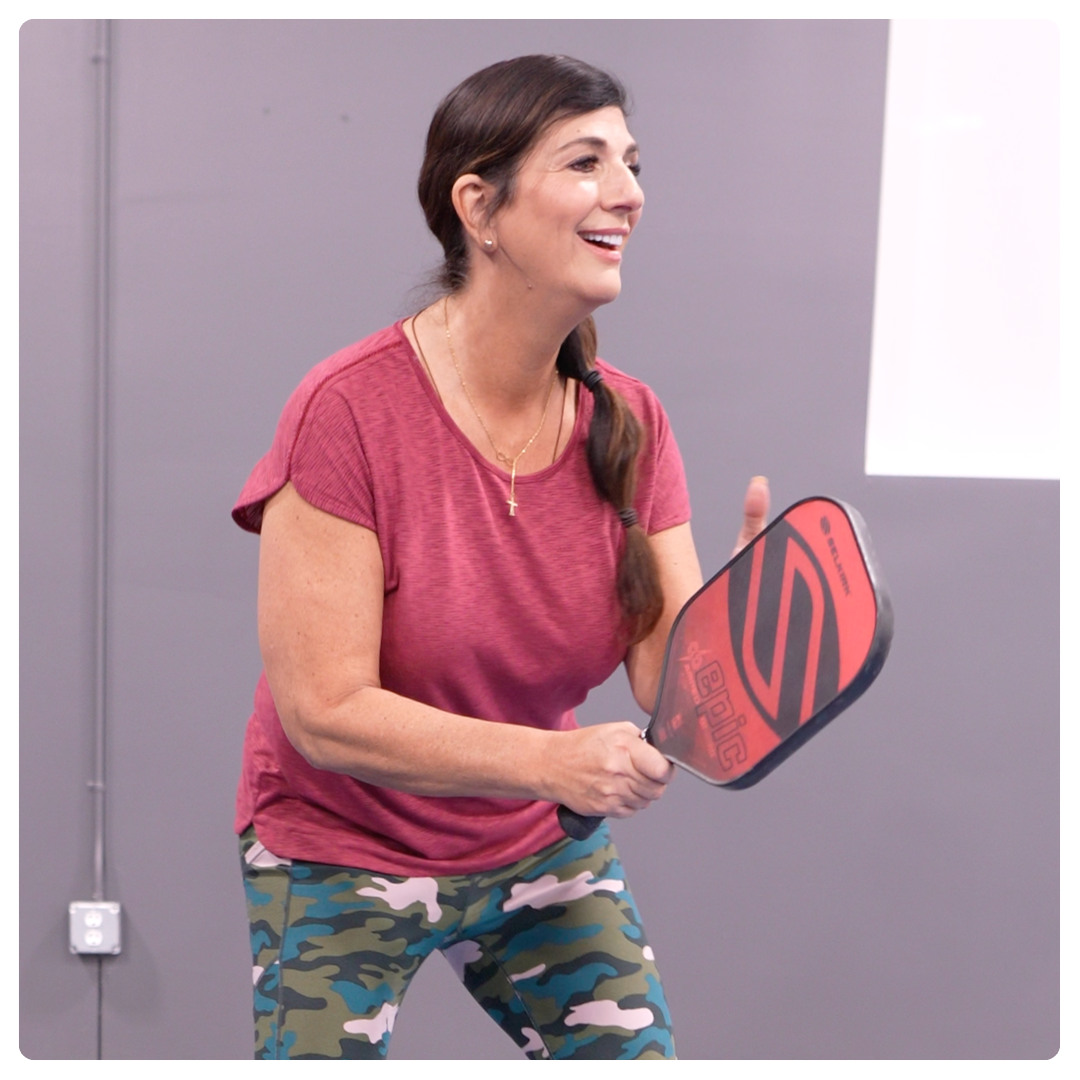
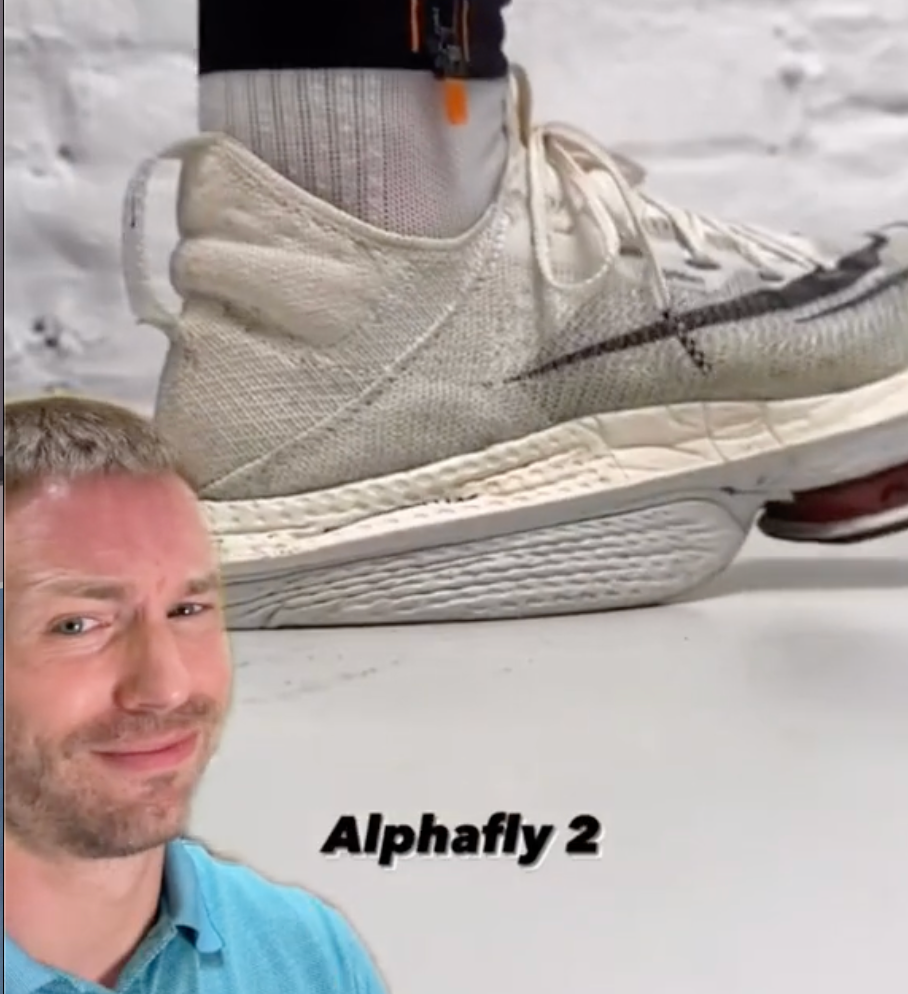
"I Thought It Was Too Good to Be True. Then I Played 3 Hours Straight Pain-Free."
Let's get back to Carol.
She ordered her first pair of CourtStride shoes with their 60-day guarantee (figuring she had nothing to lose).
They arrived within a week.
"The first thing I noticed was how light they were," Carol said. "I could actually feel the ground beneath me. It felt strange at first, almost vulnerable. But I followed their transition guide — starting with just 20 minutes of play."
The CourtStride website includes a detailed break-in protocol (something most barefoot brands don't provide). It recommends:
Week 1: 20-30 minutes of play, then switch to regular shoes
Week 2: 45-60 minutes
Week 3: Full games
Supplement with foot-strengthening exercises (provided free)
"By week two, I noticed my feet felt stronger," Carol said. "The constant ache in my arches was fading. By week three, I played two full hours without pain. I actually cried again — but this time from relief."
That was eight months ago.
Today, Carol plays 4-5 times per week.
She's bought two more pairs of CourtStride (rotating them to extend life).
And she's recruited five friends at her club to try them.
"I still get a little stiff if I play three days in a row," she admitted.
"But it's normal exercise soreness, not the debilitating pain I had before. I just want to play all morning without limping afterward. For the first time in two years, I can."
"But Don't You NEED Cushioning and Arch Support?"
This is the objection that stops most people from trying barefoot shoes.
It's what stopped Carol for months.
We've been told our entire lives:
cushioning protects your joints, arch support prevents pain, more padding equals more comfort.
But here's what the research actually shows:
Your foot is a miracle of natural engineering. The arch isn't meant to be held up by a piece of foam or plastic — it's meant to be active, flexing and absorbing force with every step.
When you artificially support the arch, those muscles atrophy. Over years, you become dependent on the support.
Remove it, and your arch collapses further.
It's like using crutches when you don't need them — eventually, you'll need them because your legs got weak.
This is why CourtStride includes a complete transition protocol — something most barefoot brands never provide:
Week 1: Wear for 20-30 minutes during warm-up drills, then switch to regular shoes for games
Week 2: Wear for 45-60 minutes, including light games
Week 3+: Full games and sessions
Daily: 5-minute foot strengthening routine (free guide included)
Your feet need time to wake up. But once they do, most players report they never want to go back.
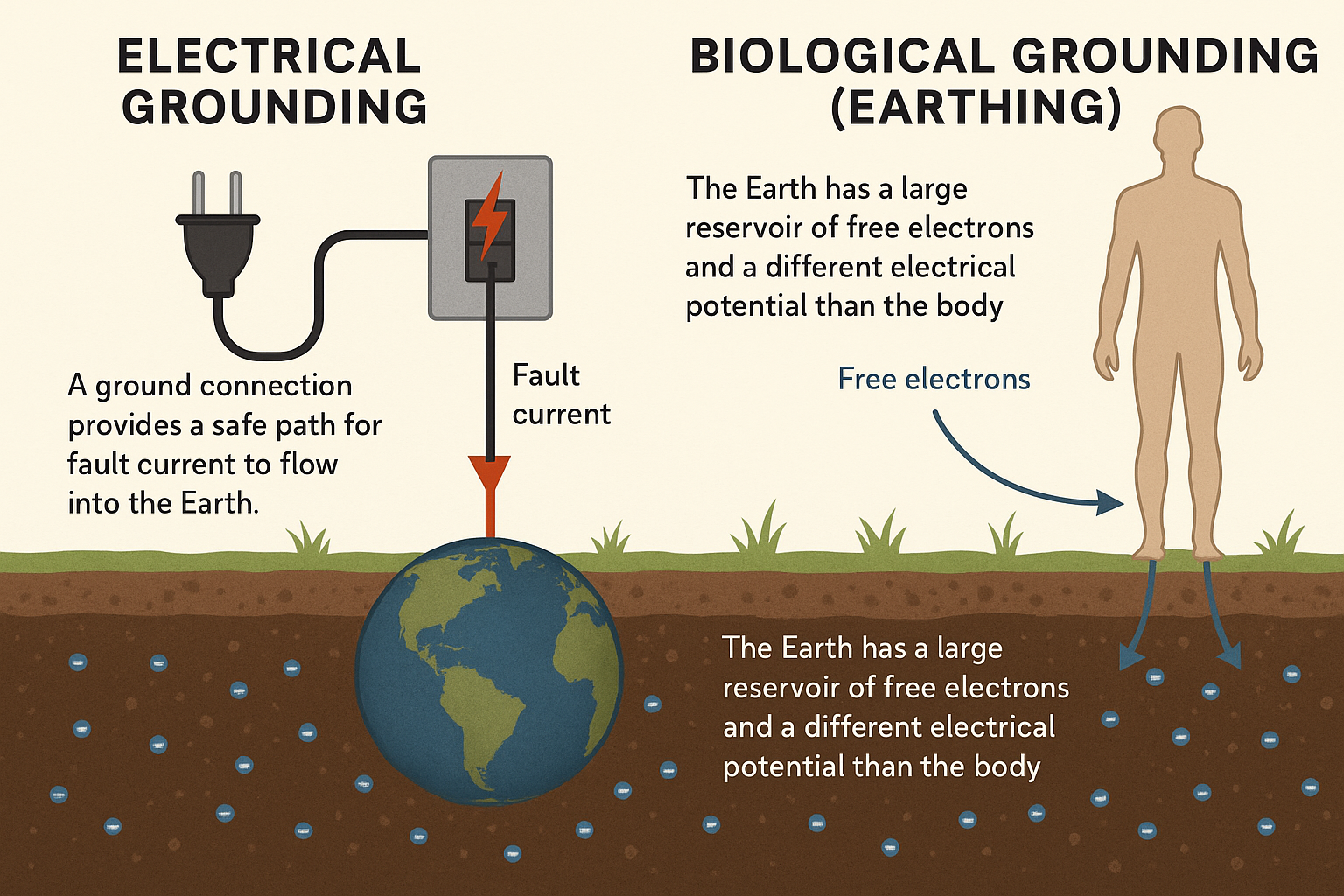
What About Grounding? Is That Real or Just Marketing Hype?
Let's be honest: grounding (also called earthing) sounds a little "out there" to a lot of people.
The idea that connecting to the Earth's electrons through your feet can reduce inflammation, improve sleep, and speed recovery seems almost too simple to be true.
Here's what we know:
The Science: Multiple peer-reviewed studies have examined grounding's effects. Research published in journals like the Journal of Alternative and Complementary Medicine and Journal of Inflammation Research has documented potential benefits including reduced blood viscosity, decreased inflammation markers, and improved pain levels.
The Mechanism: Your body runs on electricity. Every heartbeat, every nerve signal, every cellular process involves electrical charges. Modern life keeps us insulated from Earth's surface (rubber shoes, elevated buildings).
Grounding proponents argue that reconnecting completes an electrical circuit that helps neutralize free radicals and reduce inflammation.
The Reality: Even if you're skeptical of the mechanism, the anecdotal evidence is compelling.
From CourtStride reviews:


Verified Purchase
At 65, I never thought I’d get back to playing pain-free. My arches ached with every step, and my knees screamed after a game. I tried every ‘supportive’ shoe and insole out there—nothing worked. Then I found CourtStride. These aren’t just shoes; they’re life-savers. The second I stepped onto the court in them, it was like I could feel my feet breathing again. My pain faded fast, and for the first time in years, I’m back in the game, moving like I did in my 30s.


Verified Purchase
I wasn’t sure about ‘barefoot’ shoes at first, but
after trying these, I’m honestly hooked. For years, I’d end up with sore, tired feet after a few hours on the court, and I thought it was just part of playing pickleball. Since switching to CourtStride, my feet actually feel stronger and more stable during games. The difference is crazy—these shoes have completely changed how my feet handle the impact. No more post-game ache, just strength and comfort. Highly recommend!
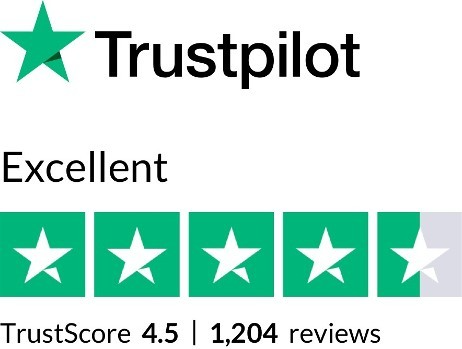
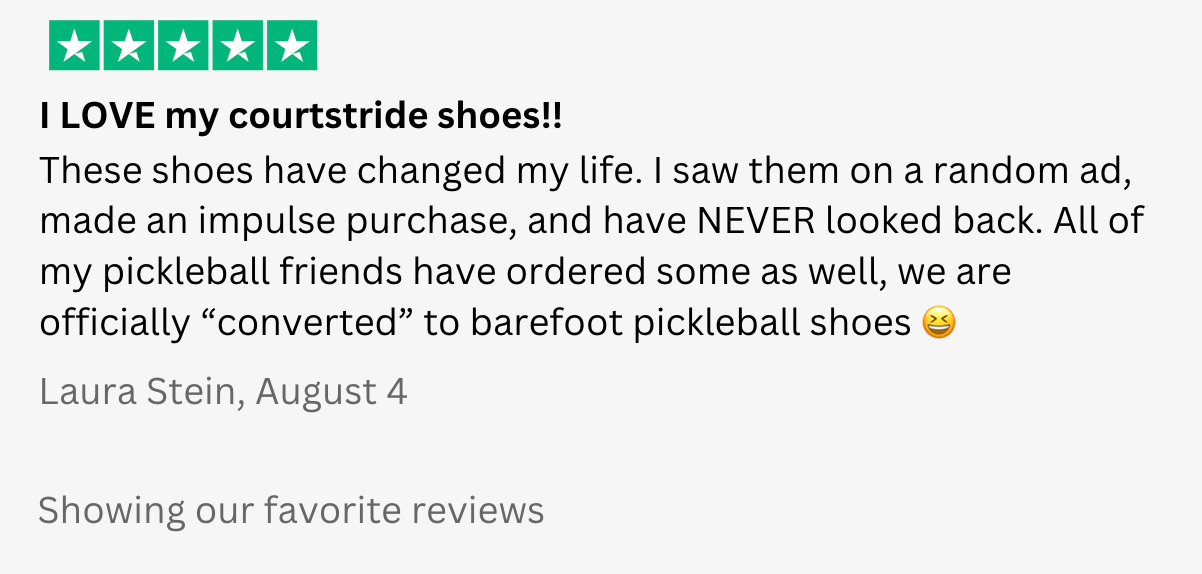

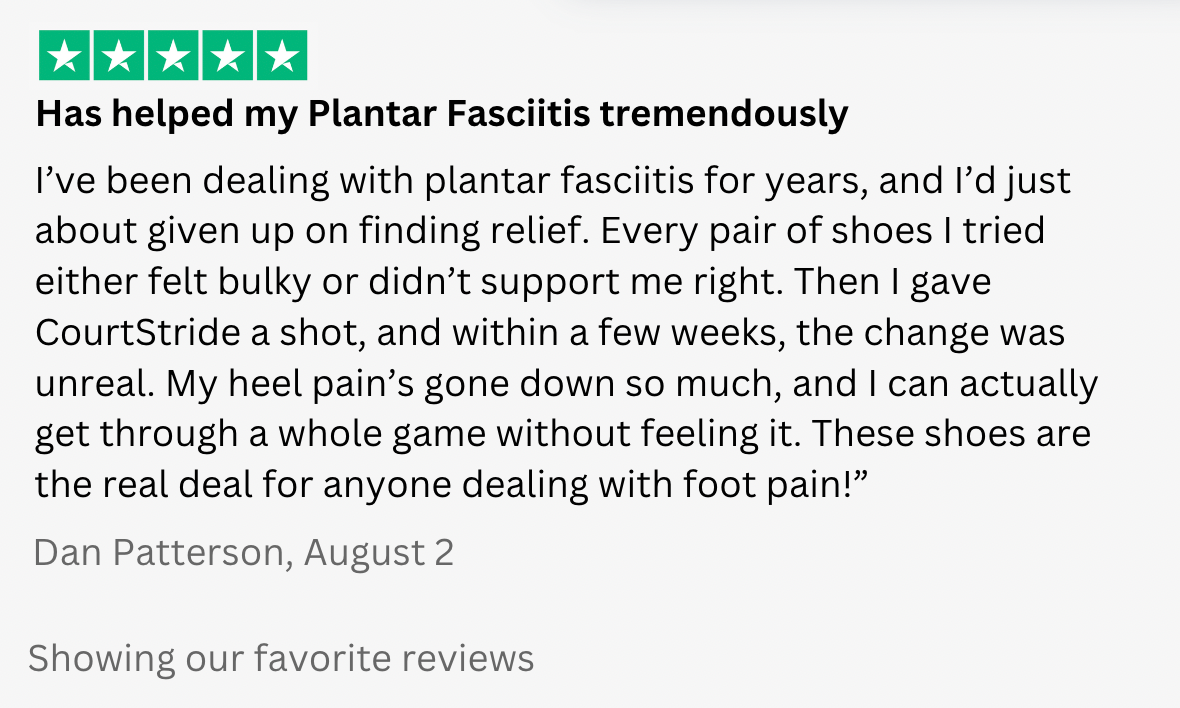
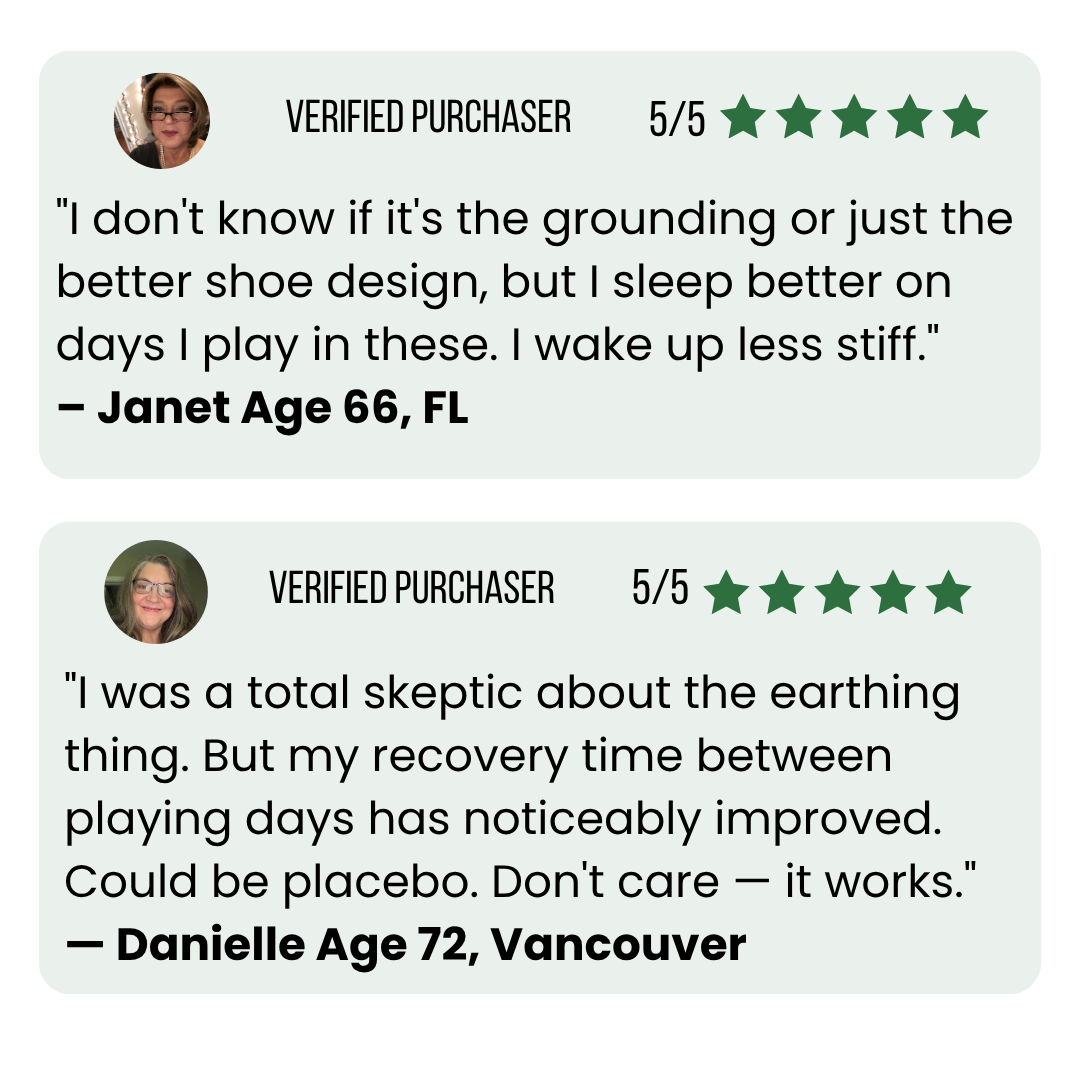
Here's the bottom line:
Whether grounding is scientifically proven or not, the shoe's design works regardless.
The wide toe box, zero-drop platform, and natural movement benefits are real and measurable.
The grounding feature is a bonus that many users swear by. If you're skeptical, think of it as a pleasant addition. If you're a believer, you'll appreciate that it's built in.
Either way, you win.
How Much Does CourtStride Cost? (And Why It's Actually Cheaper Than What You're Doing Now)
Let's talk about money.
Here's what most pickleball players with foot pain spend every year:
Custom orthotics: $300-$600 (replace every 1-2 years)
"Supportive" court shoes: $120-$180 (replace every 3-4 months with heavy play)
Podiatrist visits: $200-$400
Physical therapy co-pays: $150-$400
Over-the-counter pain relief: $100+
Lost playing time: Priceless $$$
Conservative annual total: $1,000-$2,000
And at the end of the year, you're often no better — sometimes worse.
Now, the CourtStride retail price is $119 per pair, which is already competitive with premium court shoes.
But right now, CourtStride is running their Fall Pickleball Special:
Current Pricing:
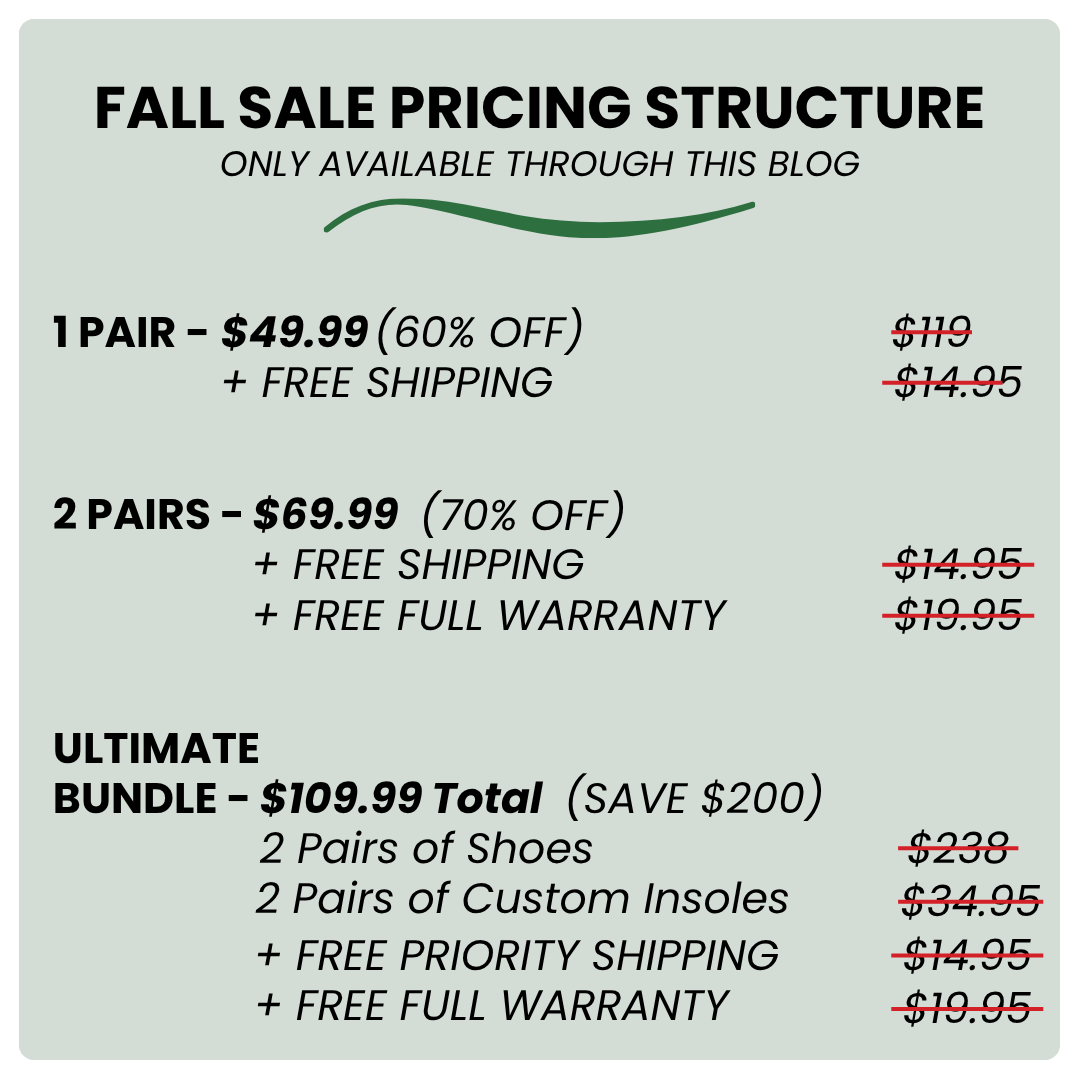
In addition, all orders include:
Free tracked shipping (USA, Canada, Australia)
30-day play-in-them guarantee
Complete foot strengthening guide (PDF)
5-day barefoot transition protocol
Health > Trending > Pickleball
Health > Trending > Pickleball > Carols-Story

JENNIFER MARTINEZ
OCTOBER 2, 2025
The Pickleball Shoe Mistake That's Silently Destroying Your Feet
(And Why Thousands of Players Over 40 Are Making the Switch)
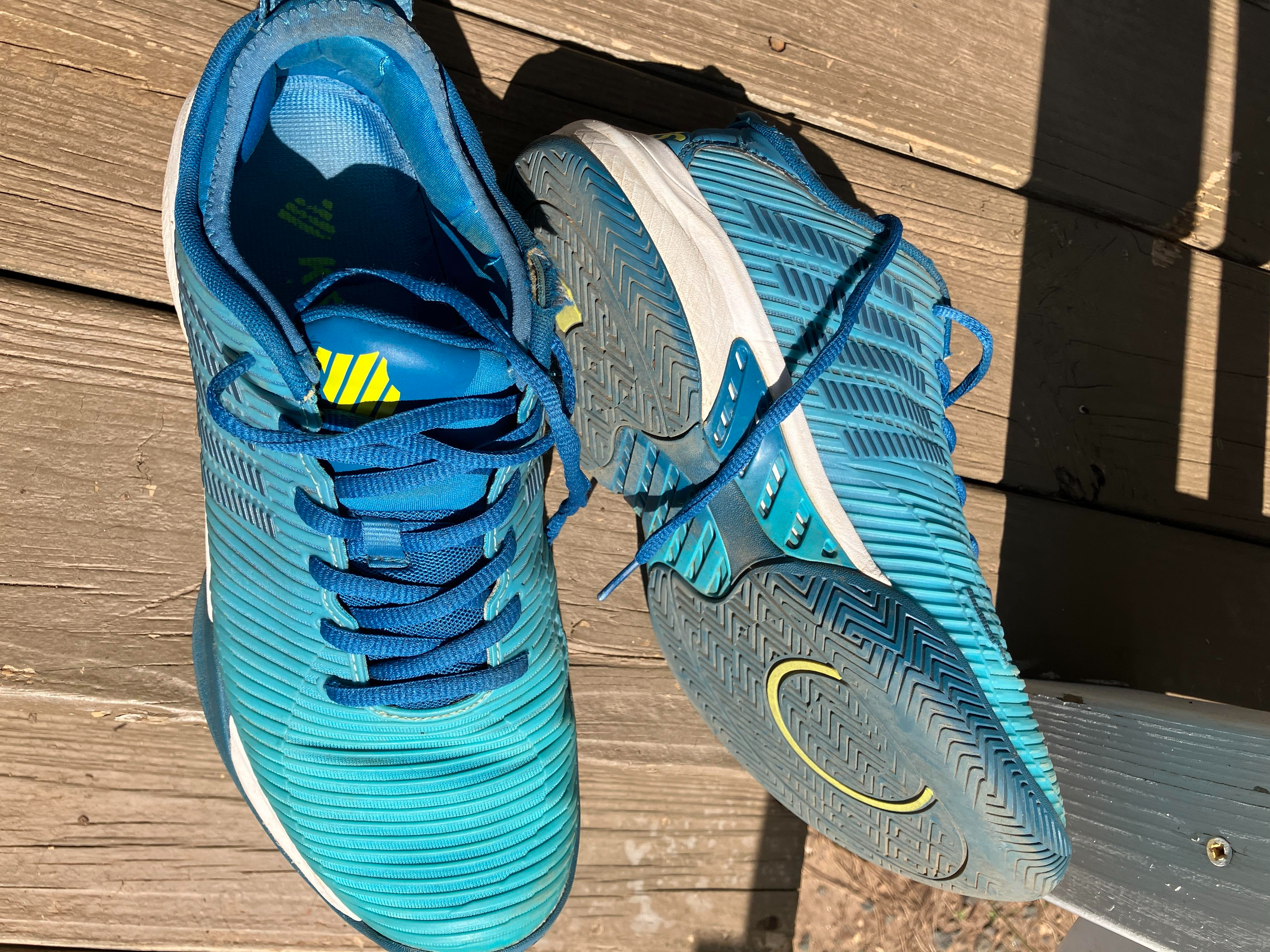
Let's answer some critical questions:
⇨ What's the real cause of plantar fasciitis, bunions, and knee pain in pickleball players?
⇨ Why do "supportive" cushioned shoes make the problem worse over time?
⇨ How can barefoot-style shoes possibly be safe for hard court play?
⇨ What makes CourtStride different from every other minimalist shoe that's failed pickleball players?
Moisturizes to the basal layer of the skin to replenish
various nutrients for the skin in time

The Day Carol Almost Quit Pickleball Forever
Carol Henderson, 67, had been looking forward to retirement for years.
She'd imagined mornings at the pickleball courts with friends, afternoons with her grandkids, and finally having time to travel.
But six months into her dream retirement, she found herself sitting in her car outside the community courts, crying.
Her feet throbbed. Her knees ached. And for the first time in her life, she felt old.
"I couldn't even finish two games without limping," Carol told me during our interview. "I'd invested in the best court shoes my podiatrist recommended — expensive ones with maximum arch support and cushioning. But every week, my feet felt worse, not better."
Carol's doctor suggested custom orthotics and new shoes. $485 later, she had inserts that made her feet hurt in new places.
"I started to accept that maybe my pickleball days were over," she said. "My friends kept playing, and I'd sit on the sidelines. I felt like my body had betrayed me."
What Carol didn't know was that her "supportive" shoes weren't helping her at all.
They were the actual problem.

The Billion-Dollar Lie About Your Feet
Here's what the major shoe companies don't want you to know:
Your feet were designed to be strong.
They contain 26 bones, 33 joints, and over 100 muscles, tendons, and ligaments — a complex system engineered for stability, balance, and shock absorption.
But modern "supportive" shoes with thick cushioning, elevated heels, and arch support do something insidious:
They turn off your foot's natural strength.
Think about it like this:
If you wore a cast on your arm for a year, what would happen to those muscles?
They'd atrophy. They'd weaken. When you finally removed the cast, your arm would be nearly useless.
That's exactly what's happening to your feet inside traditional cushioned shoes.

Dr. Michael Chen, a podiatric biomechanics specialist who's worked with professional athletes for over 20 years, puts it bluntly:

"The cushioned shoe industry created a solution to a problem that didn't exist — and in doing so, they created an epidemic of weak feet, plantar fasciitis, and chronic joint pain. We took the human foot, which evolved over millions of years to function perfectly on its own, and we stuck it in a padded prison."
Research suggests that runners in cushioned shoes may actually experience higher impact forces than those in minimal footwear — because the cushioning can encourage harder heel strikes and reduce the foot's natural shock absorption.
The same principle applies to pickleball players.

Why Your "Supportive" Shoes Are Making Everything Worse
When you wear shoes with:
Thick cushioning → Your feet stop working to absorb impact
Elevated heels → Your body weight shifts forward, stressing your knees and lower back
Arch support → The muscles that should be supporting your arch shut down and atrophy
Narrow toe boxes → Your toes can't spread naturally, destroying your balance and stability
Over time (often years), this creates a devastating cascade:
Your foot muscles weaken
Your natural arch collapses
You develop plantar fasciitis, bunions, or neuromas
Your ankles become unstable
The instability travels up — knee pain, hip pain, back pain
You go to the doctor, who prescribes... more support and cushioning
Your feet get even weaker
The cycle continues

The "Barefoot Revolution" That's Saving Pickleball Careers
For decades, a small group of researchers, biomechanics experts, and forward-thinking podiatrists have known the truth:
Barefoot is better.
Studies of populations that rarely wear shoes — from indigenous communities to modern barefoot advocates — show virtually zero cases of bunions, plantar fasciitis, or flat feet.
Going barefoot (or wearing minimal footwear) allows your feet to:
Spread naturally for better balance
Engage all 100+ muscles with every step
Build natural arch support from within
Absorb shock the way evolution designed
Maintain proper alignment from your feet through your knees, hips, and spine
This isn't new-age nonsense. This is biomechanics 101.
But here's where most pickleball players hit a wall.
They can't just go barefoot on hard courts.
And the minimalist shoes that runners love — brands like Xero, Vivobarefoot, and Altra — kept failing on the pickleball court.
Players would try them and report:
"The soles wore through in three weeks from toe dragging"
"No lateral support — I rolled my ankle"
"Too thin for hard court impact — my heels were bruised"
So most players gave up and went back to their cushioned court shoes... and their chronic pain.

CourtStride™: The First Barefoot Shoe Built for Pickleball!
This is where Carol's story takes a turn.
After months of pain and frustration, a friend at her club showed up wearing shoes Carol had never seen before.
They looked sleek, almost like a high-performance water shoe, but with a more substantial sole.
"She told me they were barefoot shoes specifically made for court sports," Carol said.
"I was skeptical — I'd heard the barefoot stuff before. But she'd been wearing them for two months and said her plantar fasciitis was gone. Completely gone. So I figured, what did I have to lose?"
The shoes were CourtStride Athletic Grounding Shoes — and they were unlike anything Carol had tried before.
Here's what makes CourtStride different from every other barefoot or minimalist shoe:
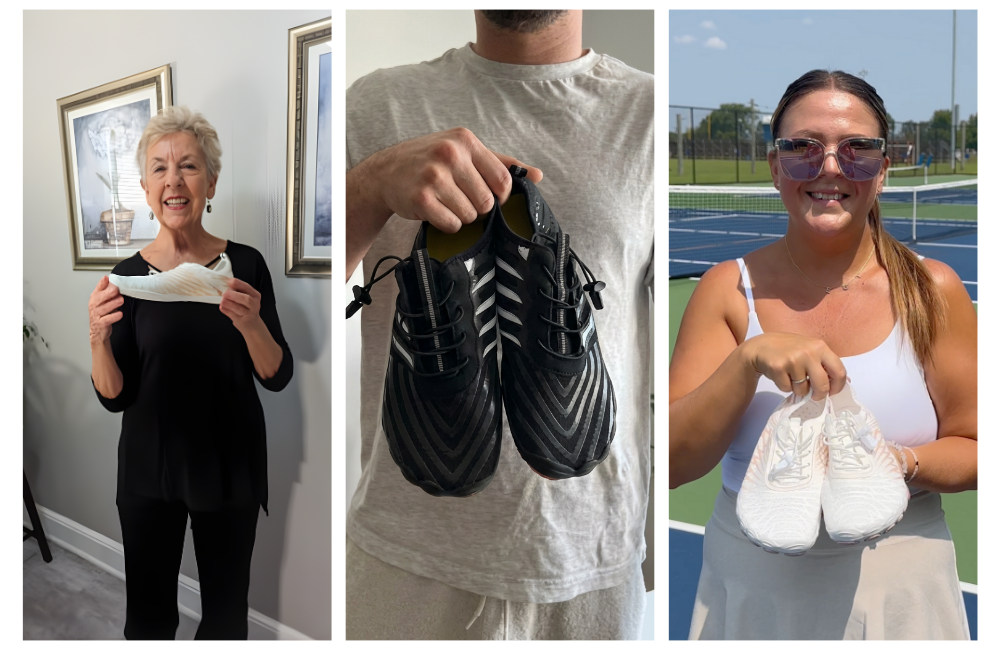
1. Court-Specific Durability
Unlike running or walking barefoot shoes, CourtStride features a reinforced toe cap and high-abrasion rubber sole that can withstand the toe-dragging, lateral cuts, and quick stops that destroy other minimal shoes.
Players report 6+ months of heavy court use without sole separation or upper tears.
2. Wide Toe Box
(The Non Negotiable)
Your toes need room to spread for natural balance and push-off power.
CourtStride's anatomical toe box is 30% wider than traditional court shoes, eliminating bunion rubbing and toe numbness.
As one 62-year-old player wrote: "Wide toe box is non-negotiable. If my bunion rubs, I'm done in 30 minutes. These are the first shoes I can play in for two hours straight."
3. Zero Drop Platform
No elevated heel means your weight distributes naturally across your entire foot, reducing knee and hip strain.
Players consistently report better balance and stability: "I feel like I am more balanced and playing better. My feet and legs feel good."
4. Grounding Technology
CourtStride incorporates a copper grounding plug that connects your foot to the Earth's natural electrical charge through the shoe.
Research on grounding (also called "earthing") suggests it may reduce inflammation and improve recovery.
Whether you believe in the science or not, users report tangible benefits: "I have the grounding shoes and love them. They help me to walk better by far, lessening my fear of falling."
5. Thin, Flexible Sole
(That's Still Protective)
At 6mm, the sole is thin enough to give you ground feel and proprioception, but thick enough to protect from hard court impact.
The flexibility allows your foot to move naturally through its full range of motion.

"I Thought It Was Too Good to Be True. Then I Played 3 Hours Straight Pain-Free."
Let's get back to Carol.
She ordered her first pair of CourtStride shoes with their 60-day guarantee (figuring she had nothing to lose).
They arrived within a week.
"The first thing I noticed was how light they were," Carol said. "I could actually feel the ground beneath me. It felt strange at first, almost vulnerable. But I followed their transition guide — starting with just 20 minutes of play."
The CourtStride website includes a detailed break-in protocol (something most barefoot brands don't provide). It recommends:
Week 1: 20-30 minutes of play, then switch to regular shoes
Week 2: 45-60 minutes
Week 3: Full games
Supplement with foot-strengthening exercises (provided free)
"By week two, I noticed my feet felt stronger," Carol said. "The constant ache in my arches was fading. By week three, I played two full hours without pain. I actually cried again — but this time from relief."
That was eight months ago.
Today, Carol plays 4-5 times per week.
She's bought two more pairs of CourtStride (rotating them to extend life).
And she's recruited five friends at her club to try them.
"I still get a little stiff if I play three days in a row," she admitted.
"But it's normal exercise soreness, not the debilitating pain I had before. I just want to play all morning without limping afterward. For the first time in two years, I can."

"But Don't You NEED Cushioning and Arch Support?"
This is the objection that stops most people from trying barefoot shoes.
It's what stopped Carol for months.
We've been told our entire lives:
cushioning protects your joints, arch support prevents pain, more padding equals more comfort.
But here's what the research actually shows:
Your foot is a miracle of natural engineering. The arch isn't meant to be held up by a piece of foam or plastic — it's meant to be active, flexing and absorbing force with every step.
When you artificially support the arch, those muscles atrophy. Over years, you become dependent on the support.
Remove it, and your arch collapses further.
It's like using crutches when you don't need them — eventually, you'll need them because your legs got weak.
This is why CourtStride includes a complete transition protocol — something most barefoot brands never provide:
Week 1: Wear for 20-30 minutes during warm-up drills, then switch to regular shoes for games
Week 2: Wear for 45-60 minutes, including light games
Week 3+: Full games and sessions
Daily: 5-minute foot strengthening routine (free guide included)
Your feet need time to wake up. But once they do, most players report they never want to go back.
30-Day Play-Proof Guarantee.

What About Grounding? Is That Real or Just Marketing Hype?
Let's be honest: grounding (also called earthing) sounds a little "out there" to a lot of people.
The idea that connecting to the Earth's electrons through your feet can reduce inflammation, improve sleep, and speed recovery seems almost too simple to be true.
Here's what we know:
The Science: Multiple peer-reviewed studies have examined grounding's effects. Research published in journals like the Journal of Alternative and Complementary Medicine and Journal of Inflammation Research has documented potential benefits including reduced blood viscosity, decreased inflammation markers, and improved pain levels.
The Mechanism: Your body runs on electricity. Every heartbeat, every nerve signal, every cellular process involves electrical charges. Modern life keeps us insulated from Earth's surface (rubber shoes, elevated buildings).
Grounding proponents argue that reconnecting completes an electrical circuit that helps neutralize free radicals and reduce inflammation.
The Reality: Even if you're skeptical of the mechanism, the anecdotal evidence is compelling.
From CourtStride reviews:

Here's the bottom line:
Whether grounding is scientifically proven or not, the shoe's design works regardless.
The wide toe box, zero-drop platform, and natural movement benefits are real and measurable.
The grounding feature is a bonus that many users swear by. If you're skeptical, think of it as a pleasant addition. If you're a believer, you'll appreciate that it's built in.
Either way, you win.
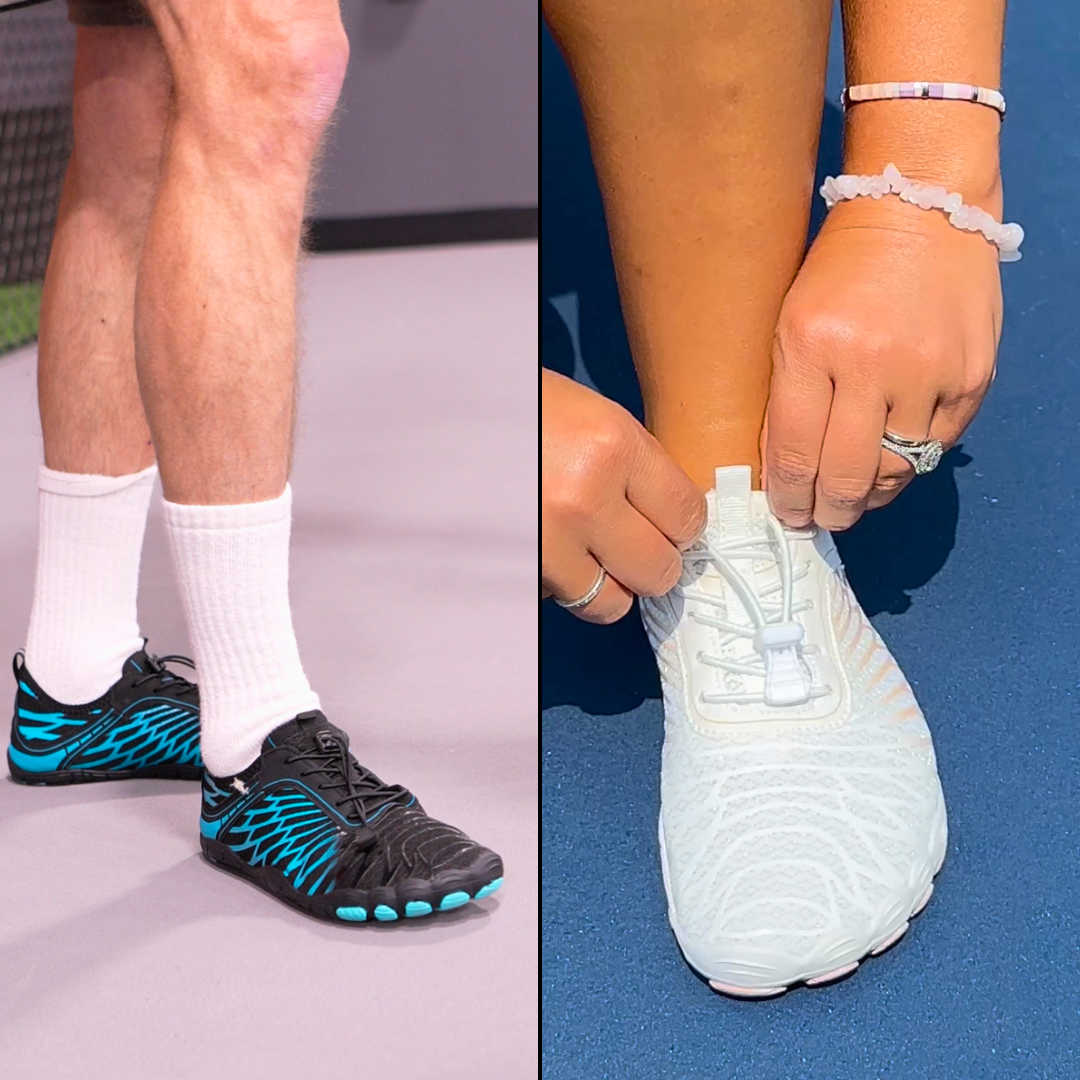
How Much Does CourtStride Cost? (And Why It's Actually Cheaper Than What You're Doing Now)
Let's talk about money.
Here's what most pickleball players with foot pain spend every year:
Custom orthotics: $300-$600 (replace every 1-2 years)
"Supportive" court shoes: $120-$180 (replace every 3-4 months with heavy play)
Podiatrist visits: $200-$400
Physical therapy co-pays: $150-$400
Over-the-counter pain relief: $100+
Lost playing time: Priceless $$$
Conservative annual total: $1,000-$2,000
And at the end of the year, you're often no better — sometimes worse.
Now, the CourtStride retail price is $119 per pair, which is already competitive with premium court shoes.
But right now, CourtStride is running their Fall Pickleball Special:
Current Pricing:

In addition, all orders include:
Free tracked shipping (USA, Canada, Australia)
30-Day Play-Proof Guarantee.
Complete foot strengthening guide (PDF)
5-day barefoot transition protocol
Why Is CourtStride So Much Cheaper Than Retail?
Simple: No middlemen.
Major shoe brands sell through sporting goods stores, who take 40-50% margins.
Then there's distributor costs, warehouse costs, retail overhead.
CourtStride sells direct to customers only through their website. That means:
No retail markup
No distributor fees
Savings passed to you
That's why the current pricing exists —
it's designed to remove the barrier to trying something that could change your pickleball life.
How to Order Your CourtStride Shoes (Simple 3-Step Process)
If you're ready to see if CourtStride can keep you playing pain-free — or if you're just curious enough to try them risk-free for 30 days — here's what to do:
STEP 1: Click the green button below to go to the official CourtStride website
STEP 2: Check the sizing chart carefully
(CourtStride runs true to size. Most people order their normal athletic shoe size. If between sizes, size down.)
STEP 3: Choose your quantity and complete checkout
(Remember: 2-pair bundle is most popular and includes free warranty. Ships within 48 hours.)
Within 5-10 business days (USA/Canada) or 7-10 days (Australia), your CourtStride shoes will arrive.
Put them on. Follow the transition guide.
Start with 20-30 minutes.
And see if you notice what thousands of other pickleball players have noticed:
Less pain.
Better balance.
Stronger feet.
Longer sessions.
The joy of playing without wondering when your feet will give out.
⚠️ IMPORTANT UPDATE
Since publishing this article, CourtStride has informed us that seasonal production runs mean current inventory won't last through the holiday season.
Once this batch sells out, the next production run won't arrive for 6-8 weeks — and it will likely be at regular retail pricing ($119).
Current stock status:
Men's sizes 8-11: Limited supply
Women's sizes 7-9: Limited supply
Most other sizes: Moderate availability
To check current availability and lock in the Fall Special pricing:


Verified Purchase
At 65, I never thought I’d get back to playing pain-free. My arches ached with every step, and my knees screamed after a game. I tried every ‘supportive’ shoe and insole out there—nothing worked. Then I found CourtStride. These aren’t just shoes; they’re life-savers. The second I stepped onto the court in them, it was like I could feel my feet breathing again. My pain faded fast, and for the first time in years, I’m back in the game, moving like I did in my 30s.
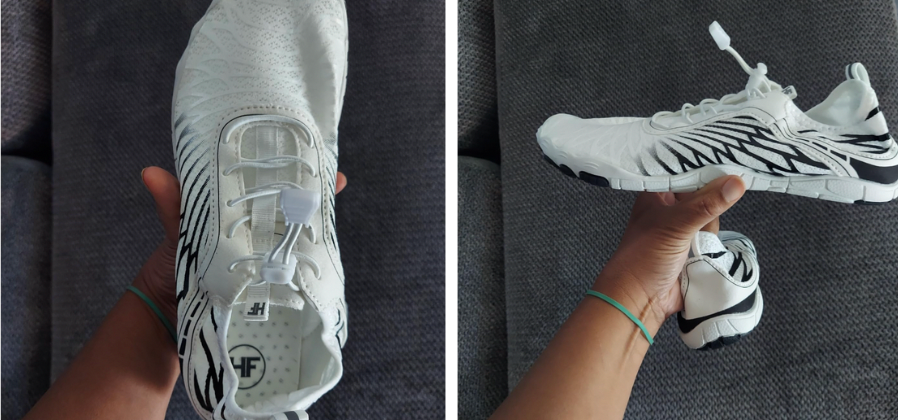


Verified Purchase
I wasn’t sure about ‘barefoot’ shoes at first, but
after trying these, I’m honestly hooked. For years, I’d end up with sore, tired feet after a few hours on the court, and I thought it was just part of playing pickleball. Since switching to CourtStride, my feet actually feel stronger and more stable during games. The difference is crazy—these shoes have completely changed how my feet handle the impact. No more post-game ache, just strength and comfort. Highly recommend!”



Money Back Guarantee
We are pleased to offer a no questions asked return policy. If you're unhappy in any way with your purchase we will make it right. At your request we will process a refund or replace the product. Your complete satisfaction is our goal.

How Much Does CourtStride Cost? (And Why It's Actually Cheaper Than What You're Doing Now)
Simple: No middlemen.
Major shoe brands sell through sporting goods stores, who take 40-50% margins.
Then there's distributor costs, warehouse costs, retail overhead.
CourtStride sells direct to customers only through their website. That means:
No retail markup
No distributor fees
Savings passed to you
That's why the current pricing exists —
it's designed to remove the barrier to trying something that could change your pickleball life.
How to Order Your CourtStride Shoes (Simple 3-Step Process)
If you're ready to see if CourtStride can keep you playing pain-free — or if you're just curious enough to try them risk-free for 30 days — here's what to do:
STEP 1: Click the green button below to go to the official CourtStride website
STEP 2: Check the sizing chart carefully
(CourtStride runs true to size. Most people order their normal athletic shoe size. If between sizes, size down.)
STEP 3: Choose your quantity and complete checkout
(Remember: 2-pair bundle is most popular and includes free warranty. Ships within 48 hours.)
Within 5-10 business days (USA/Canada) or 7-10 days (Australia), your CourtStride shoes will arrive.
Put them on. Follow the transition guide.
Start with 20-30 minutes.
And see if you notice what thousands of other pickleball players have noticed:
Less pain.
Better balance.
Stronger feet.
Longer sessions.
The joy of playing without wondering when your feet will give out.
⚠️ IMPORTANT UPDATE
Since publishing this article, CourtStride has informed us that seasonal production runs mean current inventory won't last through the holiday season.
Once this batch sells out, the next production run won't arrive for 6-8 weeks — and it will likely be at regular retail pricing ($119).
Current stock status:
Men's sizes 8-11: Limited supply
Women's sizes 7-9: Limited supply
Most other sizes: Moderate availability
To check current availability and lock in the Fall Special pricing:

Contact Email: Support@Courtstride.shop
Grounding Pickleball Insider – All rights reserved
Published October 2, 2025